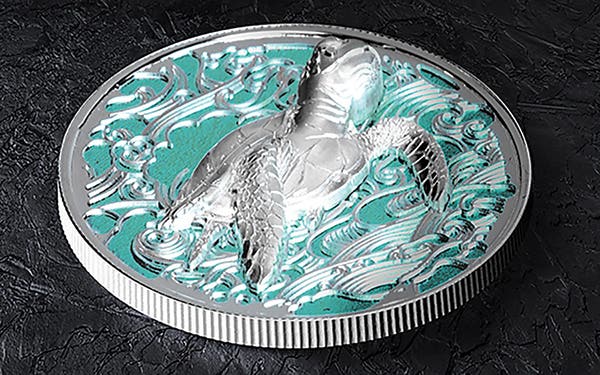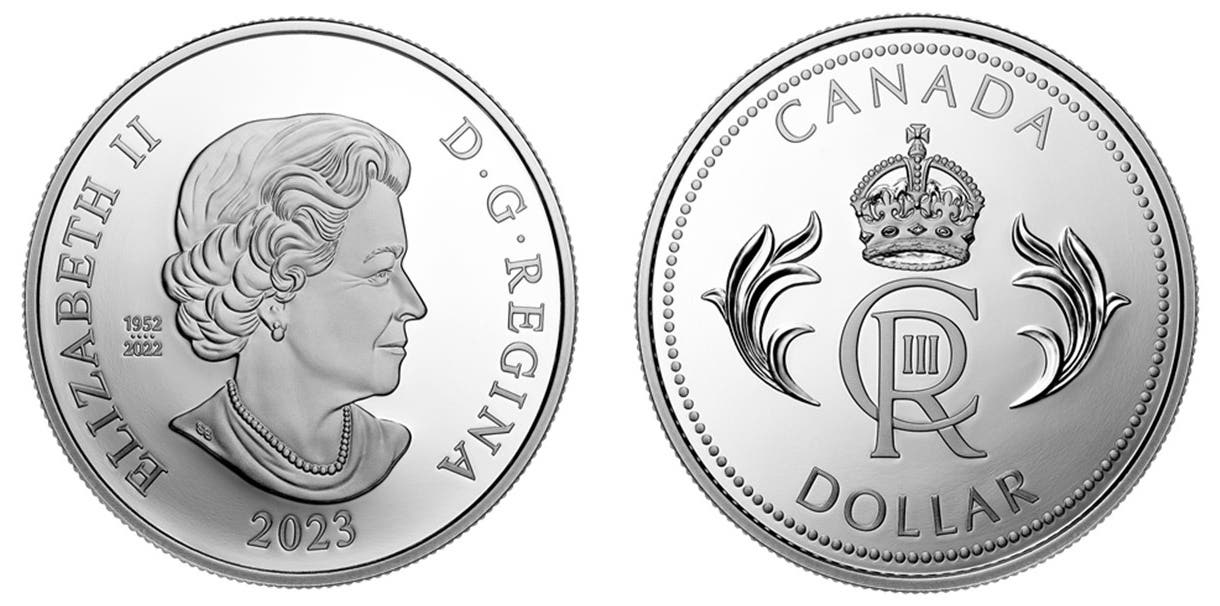Coin Bargains I Missed Over The Years
Are there any coin bargains you’ve missed out on over the years? I suspect that all coin collectors remember times when they could have made a purchase that today would be…
Are there any coin bargains you’ve missed out on over the years? I suspect that all coin collectors remember times when they could have made a purchase that today would be worth far more than they paid for it. If you can’t remember such a time, consider yourself fortunate. In this article, I’m going to relive some of the incredible bargains that I somehow (stupidly) talked myself out of purchasing. I’ll also throw in a couple of business relationships with wholesale dealers that I squandered.
The first ones that occur to me didn’t involve failures to purchase. They were failures to purchase in a timely fashion.
When I was a kid in high school, I noticed that several dealers were advertising rolls of uncirculated 1950-D Jefferson nickels for $40 per roll. After procrastinating for several months, I finally asked my father to let me order a roll. He wrote out a check, and I sent it off. Back it came with a “Sold Out” notification. This was right at the beginning of the ascent in value of uncirculated 1950-D rolls, which eventually topped out at more than $1,000 each.
Another failure to purchase in a timely fashion came after I got back into collecting following an education time-out. For months, possibly even years, I noticed that a large dealer advertised uncirculated British Sovereigns for $10 apiece. It occurred to me that I could order one or more of these each month without any damage to our household budget.
Did I ever order any? Of course not. The current prices on eBay are well over $500 per coin.
Another failure to purchase coins I recognized at the time as being bargain priced came in August 1972, shortly after the birth of our daughter. My mother-in-law came for a visit to help with our second child. As her home was in New Orleans, and the summer ANA convention was in full swing in that city, she and I swapped places for a few days.
At the convention, I was particularly interested in a Fine 1916-S Walking Liberty half dollar. One of the first dealers I approached pulled out a brown envelope containing half a dozen or more examples. “Take your pick for $20 each,” he told me, and I bought what I thought was the best example. Of course, years later I still kick myself for not buying the whole bunch, as they were all nice coins. That, by the way, was the only coin I bought at the show.
In another misadventure in New Orleans, I went to a small coin shop in the suburbs. In going through their stock, I found myself looking at a nice, G-VG 1921-D Mercury dime. “How much is it?” I asked, and the quoted price was $21. I agonized over the coin for a few minutes before deciding to pass. The price at the time was reasonable, by the way, but I still managed to talk myself out of it.
One more New Orleans story. This one involves a shop on Royal Street in the French Quarter, James H. Cohen & Sons Antiques. At the time, Cohen advertised in the Numismatist that coin dealers should stop by and buy some of his coins at wholesale prices.
At the time, I was the proprietor of a part-time mail-order business and was in the market for new sources of coins for my monthly price list. After being offered a partial set of half dimes by Cohen that were not at all what I was interested in, I happened upon a box filled with sleeves of circulated Peace dollars. Typically, the sleeves held more than one coin. I pulled up one of the sleeves that contained 1921 dollars, all of which were probably VF or better. The price per coin was a decent wholesale price, and how many did I buy? If you guessed one, give yourself a “high five.”
In my time as a mail-order dealer, I made several really dumb mistakes. One of these involved a Kansas dealer I had bought a few coins from as a collector. I no longer remember the details, but the dealer offered me sets and partial sets at wholesale prices. I suspect that he had bought the sets for one or two nice coins and was wholesaling out the remainder.
After buying a few of these sets, I asked him if he would send me a nice gold coin each month, as I wanted to increase my gold holdings. Shortly after my request, he sent me a Liberty Head half eagle ($5 gold piece) at a decent price. Somehow, I talked myself out of it. Did he ever send any more such bargains? What do you think?
I still kick myself over a failure to buy that occurred during a visit to some relatives who lived on the outskirts of Houston, Texas. One of my nephews had expressed an interest in coins, so he and I set out to find a coin shop in downtown Houston. After driving for half an hour, it appeared that we were no closer to the downtown than when we started, so I pulled off the road I was on. Soon, I found myself in the vicinity of Rice University.
There, I happened upon a small coin shop in a small strip mall. It was one of those coin stores where you had to ring a bell to be buzzed in. It turned out that the shop dealt primarily in Latin American coins but did have some U.S. coins to sell.
The owner handed me a box of U.S. coins in 2x2s to look through. I immediately saw that many of the coins were nice, circulated examples of scarce coins. Many were priced at shockingly low prices. I bought exactly one coin: a F-VF 1915-S Buffalo nickel for $1! Although this was many years ago, and coins were worth a lot less then than now, the amount I paid was many multiples below what the piece was actually worth.
Driving away from Houston a few days later, it occurred to me that a much more sensible approach would have been to ask the dealer how much he wanted for the whole box. The coins thus purchased would have had a major impact on my monthly pricelist. Not to mention the positive effects on my sales.
Although I missed out on some great bargains in the shop, I did have one experience in the Houston store that was beneficial. The proprietor showed me a complete 40-coin roll of mint state Buffalo nickels. Dated 1926-D, each coin had full mint luster and not a hint of wear from circulation. They did, however, have a problem that made them virtually unsellable: They were so weakly struck that, if graded by the extent of the horn on the buffalo, they were no better than VG8!
If you read the commentary in some grading guides, you’ll find that striking weakness is a feature of many Buffalo nickels, particularly those in the 1920s. For example, the 2nd edition of David Bowers’ Grading Coins by Photographs contains the following statement: “Most Buffalo nickels are poorly struck in one or more areas, and for many Denver and San Francisco issues of the 1920s the striking is miserable.”
In his Complete Guide to Buffalo Nickels, David Lange wrote this about the 1926-D: “Many mint state coins lack a three-dimensional horn, this being either quite flat or lacking altogether.” And that’s exactly what I witnessed in Houston.
Although I left many bargain-priced coins behind, the proprietor did offer to send me packages of coins for my business in the future. I, of course, took him up on the offer.
In my first package, the dealer included an uncirculated 1847 large cent for $400. I thought the coin was overpriced and let the dealer know what I thought. His response was that the coin was an MS64 and well worth the amount he wanted for it. I kept the coin but was unhappy with it.
I sent it to ANACS and back it came with a grade of AU55, which was worth considerably less than I had in it. I wrote to ANACS and asked them to tell me where the wear was on the coin if it was indeed lightly circulated. In response, they told me to send the coin back, and they would check it again. I did, and this time it came back with the grade of MS60, which is a coin with no wear but one that is unattractive in other respects.
In my examination of the 1847, I concluded that if it was indeed uncirculated, it had to have a higher grade than MS60, as it was remarkably clean overall. Many years later, I sent the same coin to PCGS. This time it came back with a grade of MS64 BN, precisely what the seller had called it years earlier.
Submission of the coin to Certified Acceptance Corporation resulted in a Green Bean on the holder. In other words, not only is the coin MS64, but it is also in the top tiers of coins for that grade. Its current wholesale value is $600, and its PCGS value is $1,100.
Bottom line: By doubting and questioning the seller, I received no more wholesale packages from him. In other words, I had killed the goose that laid the golden egg.
The final experience I’ll relate also happened during the period when I was operating my mail-order business. In my continuing search for good suppliers of wholesale coins, I began receiving a pricelist from Seller A in New York City. I found his prices and grading good and began ordering a few coins from his list each month.
At around the same time, I ordered a circulated Liberty Head $20 gold piece with a CC mintmark. Unfortunately, the New York dealer (Seller B) no longer had the specific date that I ordered, but he did have a similar coin of a different date that he was willing to sell for the same price. In a phone call with him, Seller B told me that Seller A got the coins for his lists from him. At some point in the conversation, I suggested that Seller B sell some coins to me directly and thus cut out the middleman.
Of course, it turned out that Sellers A and B were great friends, and when the former learned that I had said to “cut out the middleman,” he took me off his mailing list. No amount of apologies could change Seller A’s opinion of me, and another goose bit the dust.
You would think that someone with a Ph.D. in psychology wouldn’t have made some of the boneheaded decisions or statements I’ve confessed to in this article. Obviously, you would be wrong in thinking that.
These don’t exhaust my list of coins I’ve failed to take advantage of in my many years of collecting/dealing/investing. They’re just the first ones that occur to me. There are several others that are just as egregious.
I’m hopeful that my cathartic confessions here will help some of you in your decisions to purchase or not purchase coins you’re offered. If so, they will have been worthwhile.








